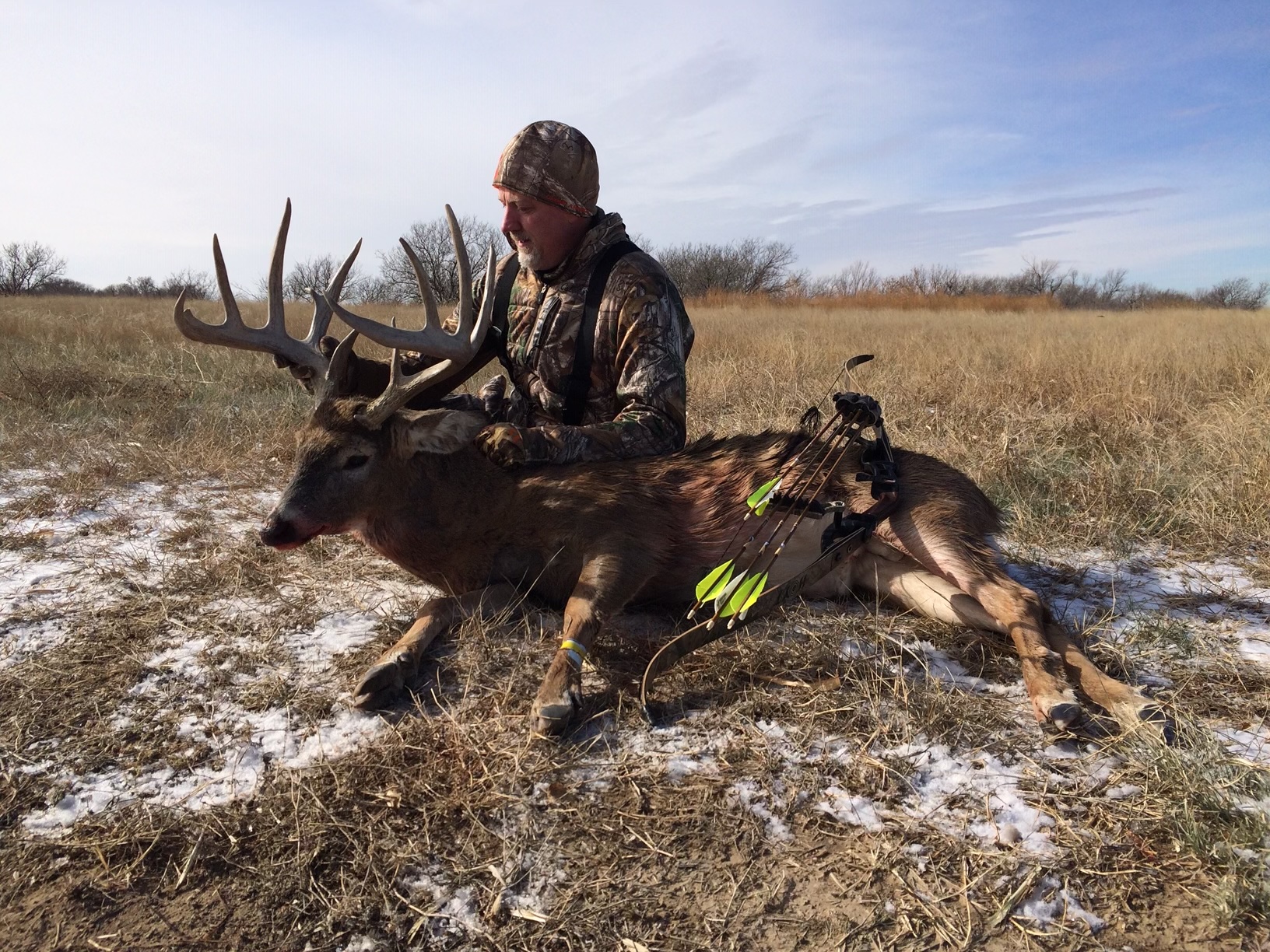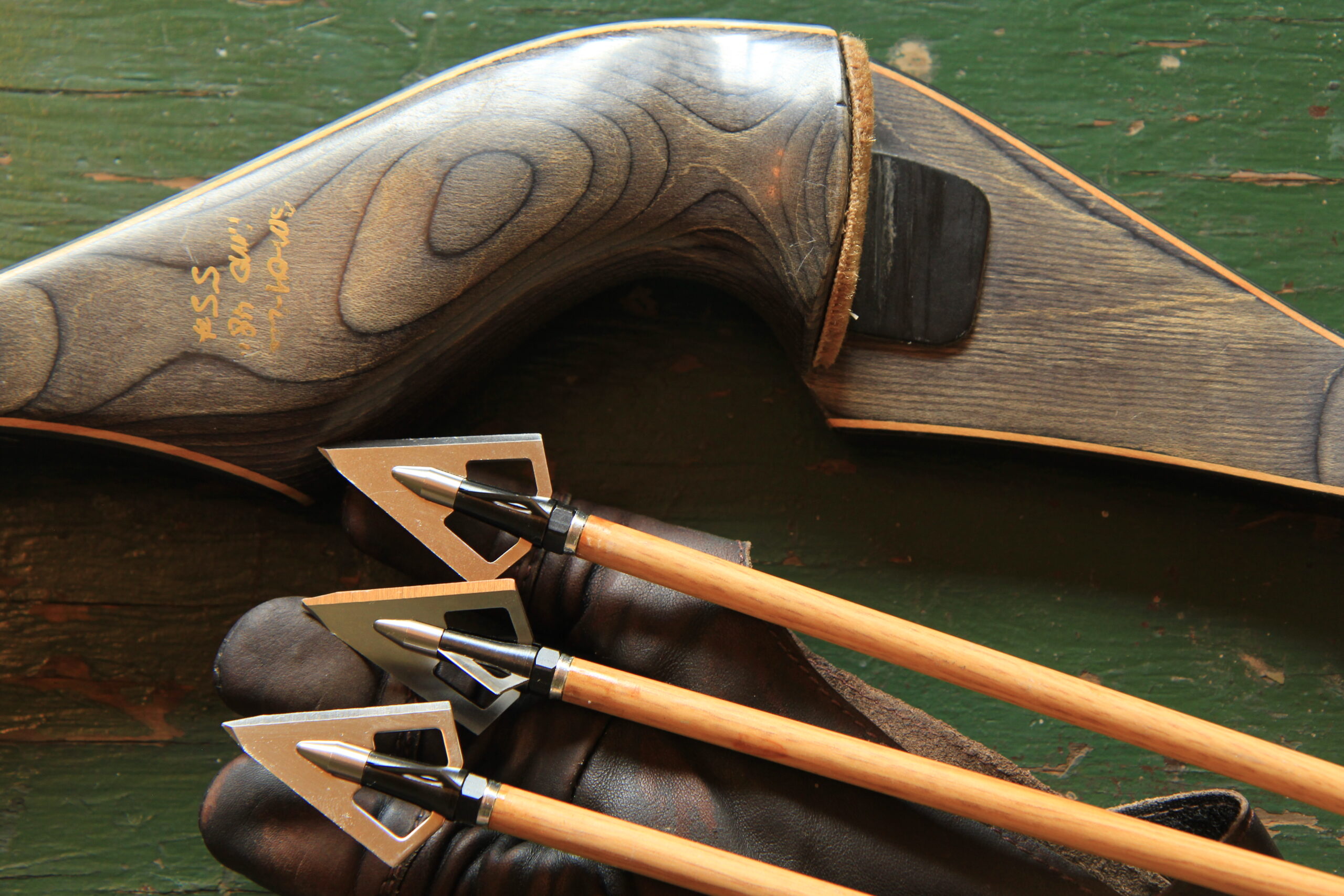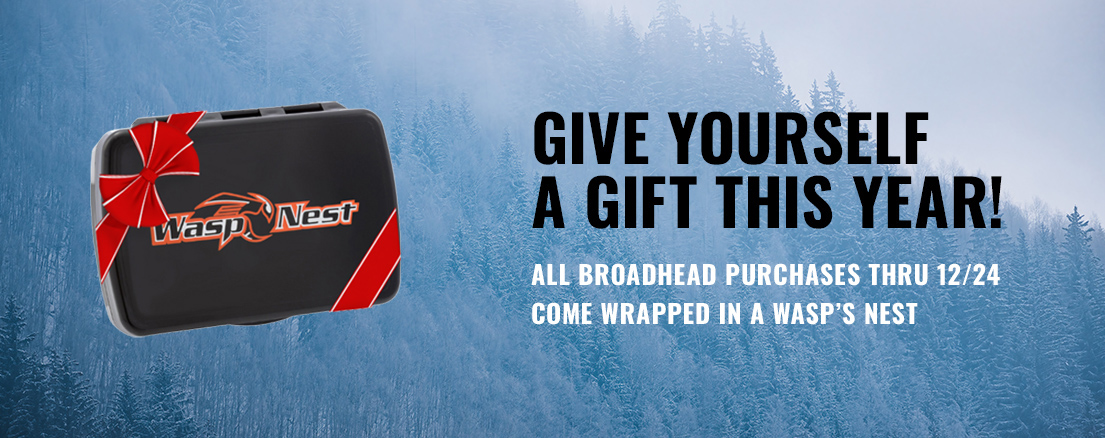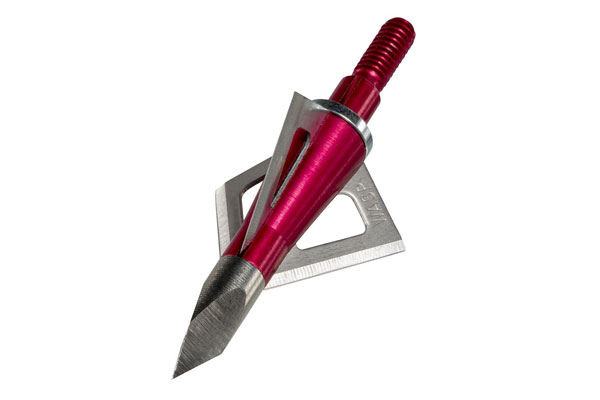What’s the Best Draw Weight for a Recurve Bow?
Making the switch from a compound bow to a traditional bow? Avoid the mistake of pulling too much weight
Traditional archers comprise a small percentage of licensed bowhunters, but they’re a particularly dedicated group. New traditional archers are frequently veteran bowhunters who’ve hunted for years with compounds, but have decided to seek out the additional challenge of hunting with a recurve or longbow.
Most bowhunters know that holding a modern compound with 80 or 90% let-off at full draw is a much easier task than holding back a recurve, which has no let-off at all. As such, it makes sense that anyone making the switch from a compound to a recurve should be shopping for a bow with a lower draw weight than they’re accustomed to shooting. But how much lighter should that new trad bow be? If you’re a male bowhunter of average stature shooting a 65-pound compound with a 28-inch draw length, should your new recurve be a 55-pound pull? A 45? Lighter weight might be easier to shoot, but recurves are already significantly slower than compounds of the same draw weight, due to the lack of cams and pulleys. How much power should you sacrifice?
TAKE IT EASY
C.J. Davis is the resident traditional bowhunting expert for Wasp Archery. He’s hunted exclusively with a recurve for years and has been successful on a variety of big game including whitetails, turkeys, and elk. He recommends that new trad-bow shooters—even those with years of compound shooting experience—start with a 30-pound bow.

CJ Davis has been a trad bow shooter for years. He advises compound converts to start light when selecting their first recurve.
“Start with something that’s light and easy to handle, and work on your form, even if you shot a 65-pound compound,” he says. “When people start with a recurve bow that’s too heavy, even 50 pounds, it’s easy to pick up bad habits. You’re not engaging your back muscles, not anchoring consistently, under drawing the bow, and just not concentrating because you’re fighting to hold it at full draw.”
Davis says hitting a consistent anchor point at your correct draw length is one of the biggest hurdles to overcome when learning to shoot a traditional bow. “What frequently happens is you start out making two or three good shots because you’re fresh, but then you get tired and start short-drawing the bow, or leaning your head in to meet the string instead of bringing the string to your head,” he says. “When you get to the anchor point, you still have to be in control of where the arrow is going. If you hit it and are shaking so bad that you can’t concentrate, then you’ll never be effective.”
ACCURACY FIRST
Davis says he’d feel comfortable hunting whitetails with a 30-pound bow at his draw length. “You don’t lose draw length with a recurve, contrary to popular opinion,” he says. “Your draw length should be the same as with a compound, unless you have a really long D-loop tied on or are shooting a release aid that doesn’t fit. I would feel just fine hunting whitetails with 30 pounds. I’d be shooting a heavy 500- or 600-grain arrow and a 2-blade broadhead.”
Some states have minimum draw weight requirements, usually 40 pounds, but even then Davis doesn’t recommend shooting more than 45 pounds. “I’ve killed elk with 45 pounds,” he says. “It’s plenty. Accuracy trumps everything else. I wish new trad bow shooters would start at 30 pounds and perfect their form. You can do that with a cheap, used bow. Then, if you decide you really want to become a traditional bowhunter, you can invest in a more expensive bow, or a take-down with various sets of limbs.”
Davis says becoming a traditional bowhunter is about the experience above all else. In his home state of South Carolina, his maximum range on whitetails is about 20 yards. When he’s elk hunting, he’ll stretch that to 30. “When people tell me they want to start shooting a recurve, I ask them ‘if the biggest buck on the property comes by at 40 yards and you can’t shoot it, will you still be happy that you carried the recurve?’ If the answer is no, you probably need to stick with the compound a bit longer.”
 The Wasp Sharpshooter Series: Made For Trad Bows
The Wasp Sharpshooter Series: Made For Trad Bows
Though Wasp has several great fixed-blade broadheads that will work for traditional archers, the Sharpshooter series is designed for the job. The 100- and 150-grain Sharpshooters are cut-on-contact 4-blade models with double-bevel blades, while the Sharpshooter 200 has right-hand single-bevel main blades paired with double-bevel bleeder blades. These broadheads are built to provide maximum momentum and penetration at slower recurve speeds, but they’ll work just fine for compound and crossbow hunters who want the assurance of extra weight up front.
— Story and photography by Wasp Archery Staff
View All Posts

